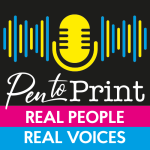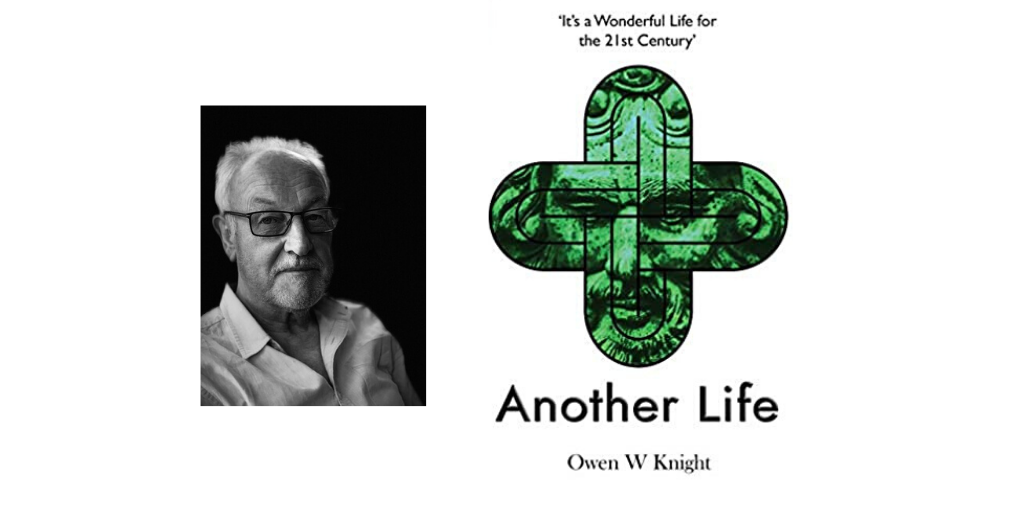By James Marshall
How to build an audience or “Why I left X and joined Substack.”
I started creative writing five years ago and am aiming to get my first novel published next year. I had my first, frustrating, unsuccessful encounter with publishing a previous novel last year. I’m no expert in that area but one thing I’ve been taught is that it’s important to build an audience.
There’s no mob baying at my doorstep for my latest work (I’m not Lee Child). I have no audience for my writing. I have to build one and that takes time, effort and an understanding that people have limited time and attention spans.
Hoping people discover my writing and start paying me for it is like finding a twig in a forest. Yes, there are millions of twigs, but how on earth can they find THE twig?
I used Twitter (now X) for over ten years, building a following in my role as a sports coach. It started as a source of current, relevant information from around the Globe. For about six years, it drove traffic to my blog or YouTube channels when I shared links and quotes.
In the last year, I found it to be a site full of crayon-drawing wavers and spam bots who wanted me to like their porn profiles (no thank you). So I closed my account and set up my Substack. (James Marshall’s writing journey | Substack.) I know many people are still using X, but I question how effective it is for the non-celebrity writer. X might have relevance if you are following publishers and agents and want a heads-up on submission windows.
What is Substack?
Substack is a social media, blogging and newsletter platform, predominantly aimed at writers of varied content: creative, news, science, art, current affairs. People who are sharing ideas, stories and information in a detailed and meaningful way.
There are no kittens on skateboards (that I have seen). No dopamine hits from instant ‘likes’ from an audience with the attention span of, well, a kitten chasing a feather.
‘Content is King’ used to be the motto of the web back in the heady days of 2008. Substack feels much more like that, with full, well-referenced articles, as well as shorter pieces. Many articles have long discussion threads in the comments section, as the audience is well-informed or seeks to be better informed.
It’s populated by writers, readers, thinkers and the plain curious. The type of people we, as writers, might like to think of as our audience and/or our peers. (This is not elitism, it is just a more targeted approach for authors: readers are more likely to buy our books.)
It’s also a place where the author can be more in control of their interactions and publishing schedule. We can create a regular newsletter, a posting schedule, and increase our subscriber numbers through referrals, recommendations, and judicious use of tags.
Perhaps the most important aspect which appeals to many writers is that you can get paid for publishing content on Substack. Yes, you read that right: writers can get paid! This is either in the form of paid subscriptions or in donations. The money goes straight to the person who is creating the content. It cuts out the gatekeepers.
However, before you rush out to stake your claim in search of gold, it’s important to remember that people will only pay for things that are worthwhile. A few people make a living from their work on Substack, a few more earn a few pounds a month; most do not.
I have been advised several times to create an author website but it seems like a massive lot of extra work that detracts from my actual writing (and my day job, my family and life). I use Substack in lieu of hosting an author website. My Substack page hosts samples of my writing, some articles about writing, and news of my Work In Progress.
It also has links to other authors and publishers I follow. This is one of the best features of Substack: there seems to be a genuine desire to collaborate and help each other (providing the content is worthy).
I now spend more time reading content from my fellow authors on Substack than I do from other sources. I have curated my list of sites to follow and receive regular updates to my inbox. Substack also sends out a weekly ‘Recommended reads,’ to everyone. This ensures I read outside my echo chamber.
How to get started with Substack
If I have piqued your interest, here are my suggestions on getting started. I did things differently, but have learned from my mistakes.
- Follow a few people you know who are already on Substack to get a feel for what they write and how the audience responds. I recommend George Saunders (author of the excellent A Swim In A Pond In The Rain) and Byker Books (a small, independent publisher).
- Think carefully about what content you want to share, how frequently and with what end in mind (this applies to all work, whatever the platform).
- Practise writing posts and setting up the links. Substack provides great ‘How-to’ articles that are easy to follow. There is no rush to publish. Take your time.
- As you subscribe to more newsletters, you’ll receive more recommendations. Read those and then decide which of them you want to recommend on your site. Substack is a collaborative community and people are happy to help and support you (at least, in my experience). I was asked to write content for two sites within my first month, just from writing comments.
All of this was free to set up and simple enough to do. I do have experience with WordPress, Canva and YouTube, which helped to understand the process.
But what about the money?
Writers can earn money through subscriptions and donations on their page. Every article I’ve seen about ‘How to grow your Substack and get paid,’ starts with ‘Create interesting, relevant content.’ The next piece of advice is usually ‘Be patient.’ Building a subscriber list takes time and many of the writers acknowledge a lucky break where their newsletter was shared or referenced by another site.
There are two divergent ideas about paid content. The first is build your audience and then ask for a portion of that audience to pay for extra content. The in-depth, long-read articles are then kept behind a paywall. Your non-paying subscribers might get sent the first paragraph and that’s all. I find this quite annoying.
George Saunders sends one long piece out to everyone for free (hooray) and then one that is for paid subscribers only (I’m happy with that).
The other option is to ask for people to leave a tip or buy you a coffee if they like what you’ve written. I’ve started to do this. If my work is good enough, and people enjoyed a story or article I’ve written, they might be willing to buy me a coffee. This was easy to set up through Ko-fi https://ko-fi.com/jamesmarshallauthor . This means that casual readers can donate if they wish, without having to subscribe.
Summary
Writing a book is hard. Getting it published is hard. Selling the book is even harder. The chances of earning a living from creative writing are slim. Substack does not change that. It does enable you to be in direct contact with the reader and showcase your work in a simple, clear format. It also introduces you to other writers and good writing. I’ve found it to be useful and interesting. It might be worth you having a look.
*****
Issue 18 of Write On! is out now and you can read it online here. Find it in libraries and other outlets. You can find previous editions of our magazines here.

You can hear great new ideas, creative work and writing tips on Write On! Audio. Find us on all major podcast platforms, including Apple and Google Podcasts and Spotify. Type Pen to Print into your browser and look for our logo, or find us on Podcasters.Spotify.com.
*****
If you or someone you know has been affected by issues covered in our pages, please see the relevant link below for information, advice and support: https://pentoprint.org/about/advice-support/



